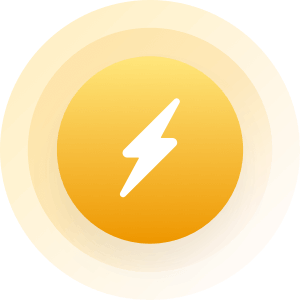| Topic: Big news if you go outside tonight! Meteors! | |
|---|---|
|
"Would-be astronomers, get your star gazing seats primed. NASA officially promises a showstopper Monday night. The Geminid meteor shower will be the best meteor shower of the year, and it peaks between midnight and sunrise tonight.
The Geminids are rocky debris that the Earth encounters every year around this time, but scientists have never really been able to explain their existence. They are likely dust particles from an asteroid named 3200 Phaethon, which is unusual. Most meteors come from comets. Also, the debris shed by 3200 Phaethon is not enough to explain the Geminids. Even so, the Geminids' annual show has gotten bigger and brighter each year. What is known is that the shower will shoot off long fireballs in the night sky and can be seen from almost anywhere on the planet. The meteors should show even in spite of some light pollution. As I was reminded in the comments, the meteors can be seen with the naked eye, and most astronomers recommend viewing the shower without any equipment aside from a mug of coffee and a blanket to lie on. NASA will be hosting an online chat with astronomer Bill Cooke. He'll be taking questions through the night's show." A basketball size meteor is a HUGE fireball! Hope you get to see it! |
|
|
|
|
|
Meteor showers are spectacular fun! Once in NM I saw a meteor during the Perseid showers that was so large I stopped my car (from highway plus speeds) thinking something had whizzed past my head and landed in the desert behind me. It wasn't true, of course...it was just a once-in-a-lifetime visual treat from the sky!
|
|
|
|
|
|
"Would-be astronomers, get your star gazing seats primed. NASA officially promises a showstopper Monday night. The Geminid meteor shower will be the best meteor shower of the year, and it peaks between midnight and sunrise tonight. The Geminids are rocky debris that the Earth encounters every year around this time, but scientists have never really been able to explain their existence. They are likely dust particles from an asteroid named 3200 Phaethon, which is unusual. Most meteors come from comets. Also, the debris shed by 3200 Phaethon is not enough to explain the Geminids. Even so, the Geminids' annual show has gotten bigger and brighter each year. What is known is that the shower will shoot off long fireballs in the night sky and can be seen from almost anywhere on the planet. The meteors should show even in spite of some light pollution. As I was reminded in the comments, the meteors can be seen with the naked eye, and most astronomers recommend viewing the shower without any equipment aside from a mug of coffee and a blanket to lie on. NASA will be hosting an online chat with astronomer Bill Cooke. He'll be taking questions through the night's show." A basketball size meteor is a HUGE fireball! Hope you get to see it! Awesome setting my alarm to get up and watch it........love that stuff |
|
|
|
|
|
I
 Meteor Showers!! Meteor Showers!!
|
|
|
|
|
|
Anyone see any? I forgot and went to sleep.
|
|
|
|
|
|
Caught a bit of it at the beginning, it was pretty cool...but much like other meteor showers, it was just a meteor shower.
|
|
|
|
|
|
Sigh. Missed another meteor shower. Next time!
|
|
|
|
|










